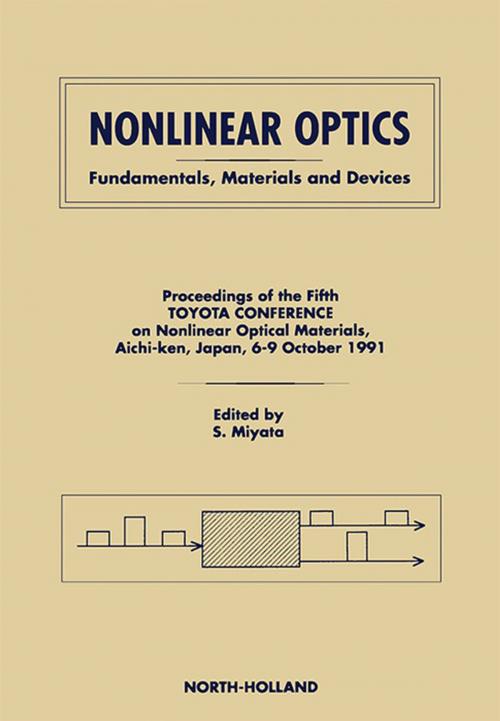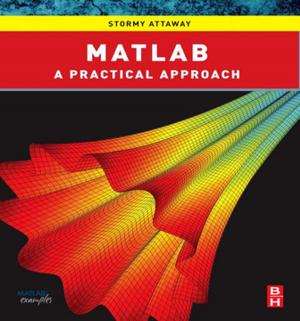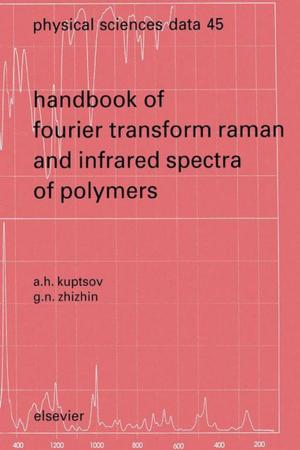Nonlinear Optics
Fundamentals, Materials and Devices
Nonfiction, Science & Nature, Science, Physics, Optics| Author: | ISBN: | 9780444596741 | |
| Publisher: | Elsevier Science | Publication: | December 2, 2012 |
| Imprint: | North Holland | Language: | English |
| Author: | |
| ISBN: | 9780444596741 |
| Publisher: | Elsevier Science |
| Publication: | December 2, 2012 |
| Imprint: | North Holland |
| Language: | English |
The field of nonlinear optics developed gradually with the invention of lasers. After the discovery of second-harmonic generation in quartz, many other interesting nonlinear optical processes were rapidly discovered. Simultaneously theoretical programmes for the understanding of nonlinear optical phenomena were stimulated in accordance to develop structure-property relationships. In the beginning, research advances were made on inorganic ferroelectric materials followed by semiconductors. In the 1970's, the importance of organic materials was realised because of their nonlinear optical responses, fast optical response, high laser damage thresholds, architectural flexibility, and ease of fabrication. At present materials can be classified into three categories - inorganic ferroelectrics, semiconductors, and organic materials. Advances have also been made in quantum chemistry approaches to investigate nonlinear optical susceptibilities and in the development of novel nonlinear optical devices. Generally, inorganic and organic nonlinear optical materials and their related optical processes are reported in separate meetings. This book collects for the first time papers covering the recent developments and areas of present research in the field of nonlinear optical materials.
The field of nonlinear optics developed gradually with the invention of lasers. After the discovery of second-harmonic generation in quartz, many other interesting nonlinear optical processes were rapidly discovered. Simultaneously theoretical programmes for the understanding of nonlinear optical phenomena were stimulated in accordance to develop structure-property relationships. In the beginning, research advances were made on inorganic ferroelectric materials followed by semiconductors. In the 1970's, the importance of organic materials was realised because of their nonlinear optical responses, fast optical response, high laser damage thresholds, architectural flexibility, and ease of fabrication. At present materials can be classified into three categories - inorganic ferroelectrics, semiconductors, and organic materials. Advances have also been made in quantum chemistry approaches to investigate nonlinear optical susceptibilities and in the development of novel nonlinear optical devices. Generally, inorganic and organic nonlinear optical materials and their related optical processes are reported in separate meetings. This book collects for the first time papers covering the recent developments and areas of present research in the field of nonlinear optical materials.















